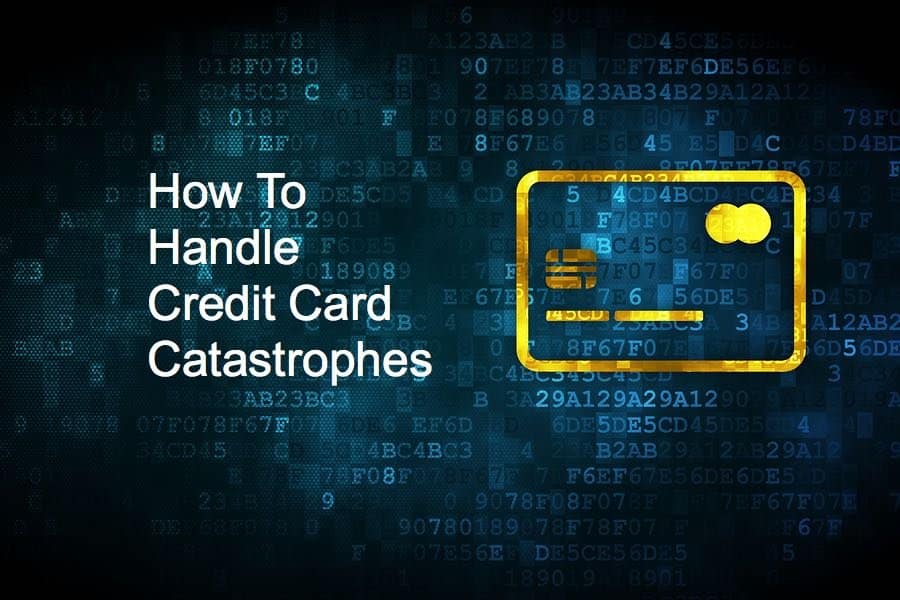
More Credit Catastrophes: How To Cope When A Card Payment Fails
As much as subscription companies like the recurring payments possible through credit card use, there are still plenty of problems that plague those who deal with credit card transactions -- and more for those who treat such transactions carelessly. I detailed a number of these problems in the first part of this two-part series. Well, as you would imagine, customers have lots of complaints too. Take a look at the things that bother credit card customers: TYPES OF CREDIT CARD COMPLAINTS SUBMITTED...
HELLO!
This premium article is exclusively reserved for Subscription Insider PRO members.
Want access to premium member-only content like this article? Plus, conference discounts and other benefits? We deliver the information you need, for improved decision-making, skills, and subscription business profitability. Check out these membership options!
Learn more about Subscription Insider PRO memberships!
Already a Subscription Insider PRO Member?
Please Log-In Here!









